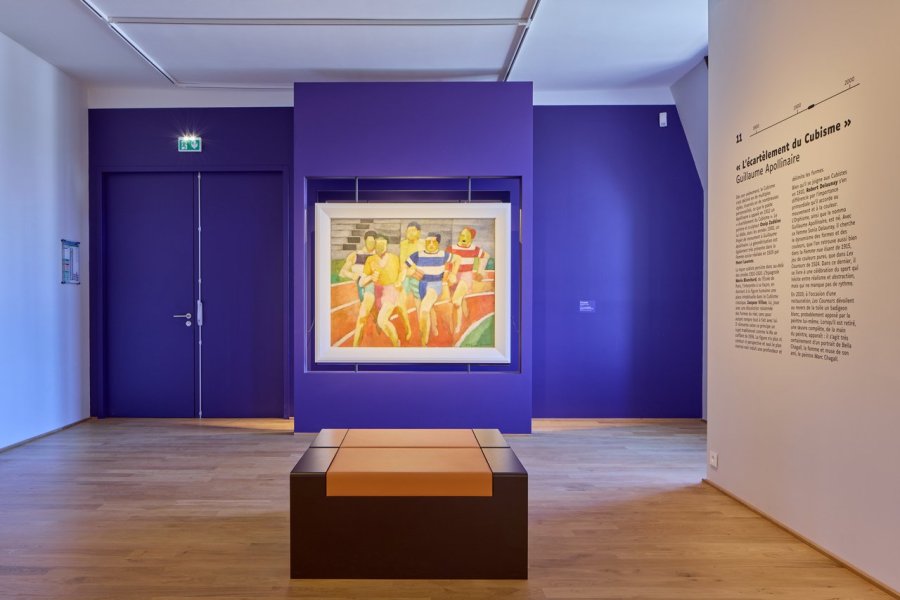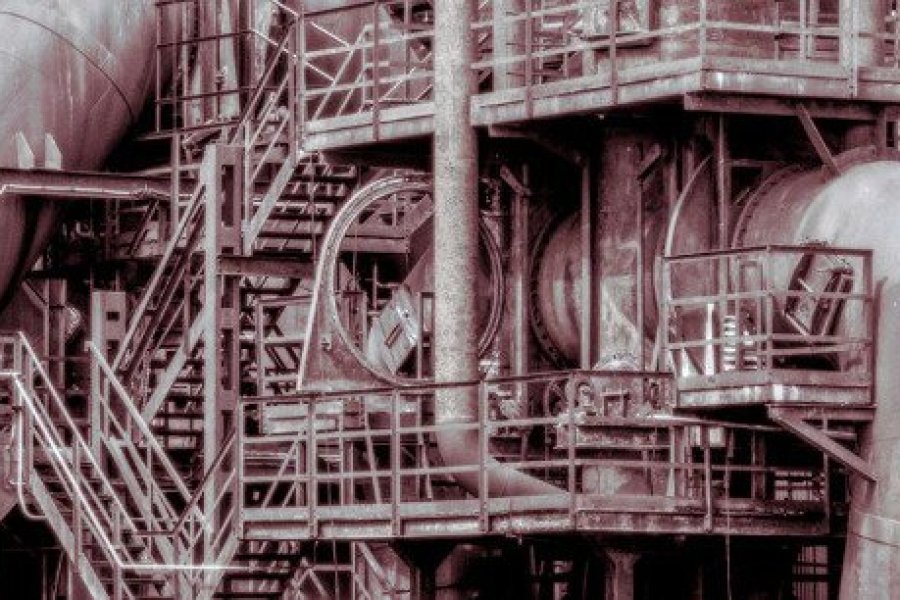
The Musée d'Art Moderne de Troyes reopens its doors to the public!
Recommended by Tanguy REVAULT
From 04/16/2024 to 12/31/2024 : The Musée d'Art Moderne de Troyes has taken six years to refurbish itself. Its reopening is an opportunity for the public to discover its new ...









